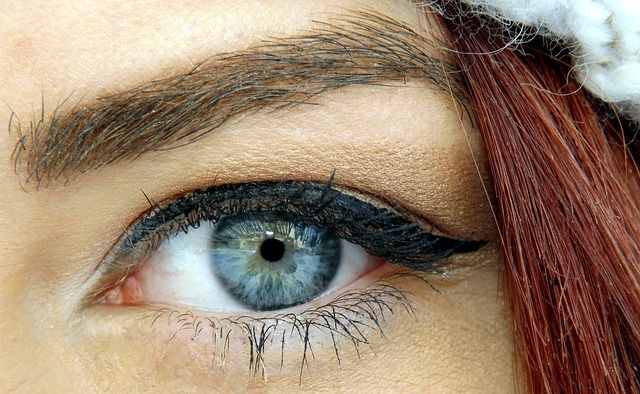Contact Lenses Change Eye Bacteria, Making It More Like Skin; Does This Affect Eye Health?

By 2050, half of the world’s population is estimated to suffer from poor eyesight, and a recent study has some alarming news for those who use contact lenses to correct their vision. According to the report, contact lenses alter the bacterial community of eyes, making the eye surface more similar to the surface of skin. The researchers suspect this may be why eye infections are more common in contact lens users. Although the reason for this shift in bacteria type still remains unclear, with the nearly 30 million and counting contact lens users worldwide, the need to get to the root of this finding has never been more pressing.
In 1887 German glassblower F.A. Muller created the world’s first contact lens. The tool was no bigger than a thumb nail, but it completely revolutionized eyesight correction, giving those with poor eyesight a more discreet way to address their handicap. The link between contact lenses and increased risk of eye infection has already been established but the underlying components of this risk are not entirely clear.
For the new study, led by Dr. Maria Dominguez-Bello from New York University School of Medicine, Dominguez-Bello and her team took samples of surface eye bacteria and bacteria beneath the eyes of 58 adults, and analyzed samples from 20 of the study participants (nine lens wearers and 11 non-lens wearers) at three points over the course of six weeks.
In total, the team looked at cotton swabs from 116 conjunctiva, (the eye surface), 114 swabs from under the eye, and 20 from contact lenses. In doing so, they were surprised to find that there was a higher diversity of bacteria on the eye surface than there was on the skin under the eye or on the actual contact lenses. In addition, the team noted that the surface of the eye in contact lens wearers had more bacteria associated skin, such as Pseudomonas, Acinetobacter, Methylobacterium, and Lactobacillus, than samples from volunteers who did not wear contacts.
The reason for this difference in eye microbiota between lens and non lens wearers is not entirely clear, but according to Dominguez-Bello in a recent statement, it could be that the skin bacteria is “transferred from the fingers to the lens and to the eye surface” or it could be that “the lenses exert selective pressures on the eye bacterial community in favor of skin bacteria."
It’s also unclear as to whether the increased presence of these skin bacteria are the reason for the increased risk of infection in contact lens wearers, but according to Dominguez-Bello, since contact lenses have been identified as a risk factor for the development of more serious eye infections, such as giant papillary conjunctivitis, a severe inflammation of the upper eyelid, and keratitis, “these questions are important.”
To others in the the field of eye care, the findings are less than surprising. “The study just points out that the bacteria around lids is closer to skin bacteria in general in the contact lens wearing crowd,” Dr. Robert Latkany of Physician Eye Care of NY, who was not involved with the study, told Medical Daily. “Because a big source of the infections most likely come from the user's contaminated fingers when inserting or removing the lenses.”
According to Latkany, he will still continue to advise his patients to practice good hygiene when dealing with contact lenses.“Contact lenses and laser eye surgery both carry risks of infections, while glasses do not,” wrote Latkany. “But the risks are relatively low and that is why they are popular.”
While the far-reaching repercussions of the findings are also not clear, they could potentially affect a large majority of the world’s population, especially in America which is home to a third of all worldwide contact lens users. This increasing prevalence of eyesight problems is partly due to both less time spent outdoors and increased near-work activities, such as time spent reading and studying, Popular Science reported. It’s likely that spending more time in front of a screen, whether it be a television or smart phone, also plays a role in the increasing amount of world-wide eyesight problems.
Dominguez-Bello also explained that it is too early to offer any advice to contact lens wearers based on these results, but added that “other studies have shown increased risk for eye infections in contact lens users” which could possibly be explained by the lenses’ impact on the microbiome.
“When we can better understand the mechanisms, we will be able to test hypotheses and propose preventive measurements," Dominguez-Bello concluded.
Source: Shin H, Price K, Luong A, Dodick J, Park L, Dominguez-Bello MG. Changes in the Eye Microbiota Associated with Contact Lens Wearing. mBio . 2016



























